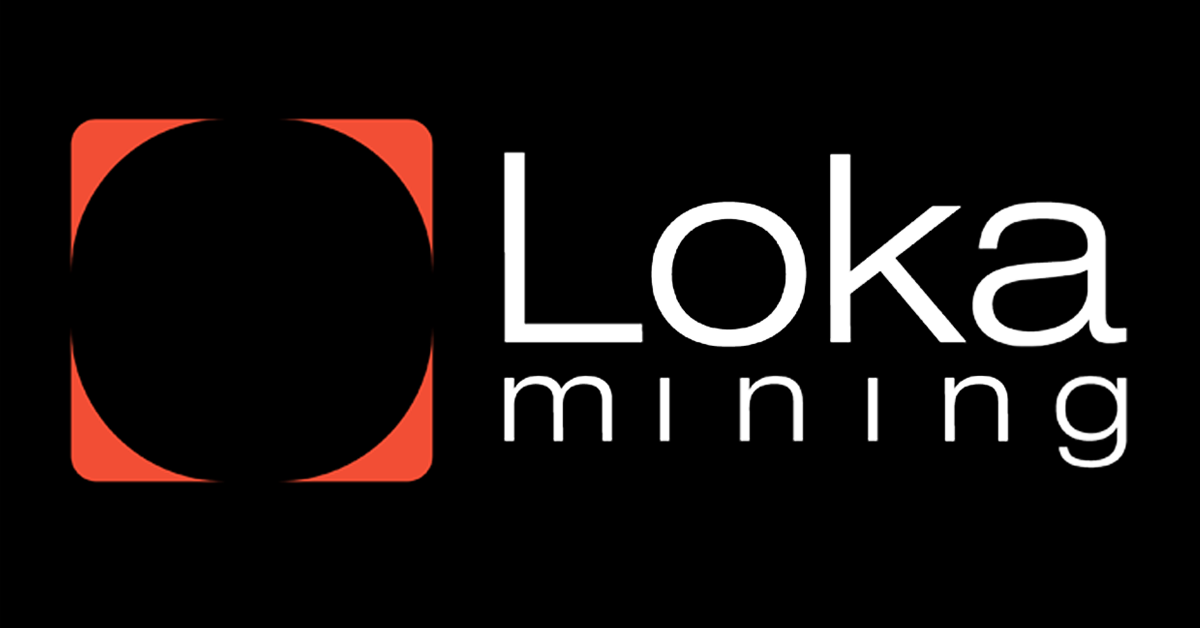Choosing the Ideal Bitcoin Mining Pool: A Comprehensive Guide

Introduction
Bitcoin mining is a competitive process that has become increasingly difficult as more miners join the network. To improve their chances of earning rewards, many miners opt to join a mining pool—a collective group of miners who combine their computational power to solve blocks more frequently. However, with numerous mining pools available, each with different features, fees, and payment structures, choosing the ideal pool can be challenging. This article provides an in-depth guide to help miners make an informed decision when selecting a Bitcoin mining pool.
Understanding Bitcoin Mining Pools
A mining pool is a group of miners who pool their resources together to increase their chances of solving a block and earning the associated rewards. When the pool successfully mines a block, the reward is distributed among its members based on the amount of computational power (hashrate) they contributed.
Joining a mining pool is especially beneficial for smaller miners who may not have enough computational power to mine blocks consistently on their own. By pooling resources, miners receive more regular payouts, albeit smaller ones, compared to solo mining.
Key Factors to Consider When Choosing a Bitcoin Mining Pool
A. Pool Fees
- What to Look For: Mining pools typically charge a fee for their services, usually a percentage of the rewards. Common fee ranges are between 1% to 3%. While lower fees mean more of the reward goes to the miner, it’s important to balance the fee against other factors such as pool reliability and features.
- Impact: Pools with lower fees might be more attractive, but they may also offer fewer features or less stability. Conversely, higher-fee pools might provide better infrastructure, more frequent updates, and advanced tools that could justify the cost.
Also read : Understanding Pool Fees in Bitcoin Mining: A Deep Dive
B. Payout Structure
- Types of Payment Methods:
- Pay-Per-Share (PPS): In a PPS model, miners receive a fixed payout for each share they contribute, regardless of whether the pool successfully mines a block. This provides consistent income but may have higher fees.
- Proportional (PROP): In this model, rewards are distributed based on the proportion of shares a miner contributes to the total pool effort after a block is found. This can lead to variable payouts depending on luck.
- Pay-Per-Last-N-Shares (PPLNS): PPLNS only rewards miners for shares contributed during the time period leading up to the discovery of a block. This method can be more profitable in the long run but introduces greater variability.
- Full Pay-Per-Share (FPPS): Similar to PPS, but also includes transaction fees from the block in the payouts, providing a higher average payout than standard PPS.
- Merged Mining: Some pools offer merged mining, where miners can earn rewards for multiple cryptocurrencies simultaneously. This is done by mining auxiliary chains alongside Bitcoin.
- Choosing the Right Method: Your choice of payout structure should align with your risk tolerance and income consistency preferences. PPS is ideal for those seeking stability, while PPLNS might appeal to those willing to accept payout fluctuations for potentially higher rewards.
C. Pool Hashrate
- Why It Matters: The pool’s total hashrate is a crucial factor because it determines how frequently the pool can find blocks. Larger pools with higher hashrates find blocks more frequently, leading to more regular payouts.
- Balancing Act: While large pools offer more consistent earnings, smaller pools may provide higher rewards per block due to fewer miners sharing the payout. However, they might find blocks less often, leading to irregular payouts.
D. Minimum Payout Threshold
- Considerations: Different pools have different minimum payout thresholds, which is the minimum amount of Bitcoin a miner must earn before it can be withdrawn. A lower threshold means miners can access their earnings more quickly, which is especially important for smaller miners.
- Potential Issues: High minimum thresholds can be problematic for miners with lower hashrates, as it may take longer to reach the payout level. Additionally, consider the pool's payout frequency and whether it charges fees for withdrawals.
E. Geographic Location and Server Distribution
- Latency Concerns: The physical location of a pool’s servers can affect your mining efficiency. Connecting to a server closer to your location can reduce latency, leading to faster submission of shares and potentially higher earnings.
- Server Redundancy: Pools with multiple servers around the world offer better reliability and uptime, ensuring that miners can continue to mine without interruptions.
F. Reputation and Reliability
- Track Record: The pool’s history and reputation in the community are important indicators of its reliability. Established pools with a long track record are generally safer bets than newer, untested pools.
- Transparency: A reputable pool should provide clear, transparent information about its fees, payout methods, and overall operation. Community feedback and reviews can also provide insight into a pool’s reliability.
G. Customer Support and User Interface
- Ease of Use: A user-friendly interface makes it easier for miners to monitor their progress and manage their accounts. Look for pools that offer comprehensive dashboards with real-time statistics.
- Support Availability: Access to responsive customer support is crucial, especially when troubleshooting issues or clarifying details about payouts. Pools with active support channels (email, chat, forums) are preferred.
H. Additional Features
- Mobile Apps: Some pools offer mobile applications that allow miners to monitor their progress on the go, providing added convenience.
- Auto-Switching: Certain pools offer auto-switching between different cryptocurrencies or mining algorithms, optimizing earnings based on current profitability.
- Advanced Tools: Features like profit calculators, detailed reporting, and automatic coin conversion can enhance the mining experience and help optimize earnings.
Top Bitcoin Mining Pools in 2024
Here’s a brief overview of some of the most prominent Bitcoin mining pools as of 2024:
1.F2Pool:
- One of the largest and most established mining pools with a global server network.
- Offers PPS, PPS+, and FPPS payout methods.
- Minimum payout threshold is low, making it accessible to miners of all sizes.
2.Antpool:
- Operated by Bitmain, one of the leading manufacturers of Bitcoin mining hardware.
- Supports both PPS+ and PPLNS payout structures.
- Known for its reliability and low payout thresholds.
3.Poolin:
- A popular choice among miners, offering FPPS, PPS, and PPLNS methods.
- Provides a comprehensive mobile app and user-friendly interface.
- Competitive fees and regular payouts.
4.ViaBTC:
- Offers multiple payout options, including PPS+ and PPLNS.
- Allows for merged mining of Bitcoin and other cryptocurrencies.
- Known for its strong infrastructure and global server coverage.
5.Slush Pool (Braiins):
- The world’s first Bitcoin mining pool, known for its transparency and user control.
- Uses the Score-based method to prevent pool hopping.
- Offers an open-source mining software (Braiins OS) and a strong reputation in the community.
Conclusion
Selecting the ideal Bitcoin mining pool requires careful consideration of various factors, including fees, payout structures, pool hashrate, and additional features. While no single pool is universally "best," understanding your own mining goals, risk tolerance, and operational needs will help you find a pool that aligns with your objectives. Whether you prioritize steady payouts, low fees, or advanced features, there’s a Bitcoin mining pool that fits your needs. By making an informed choice, you can maximize your mining profitability and enhance your overall experience in the competitive world of Bitcoin mining.
This article presented by Loka Mining.
Loka is revolutionizing the Bitcoin mining ecosystem by directly connecting investors with Bitcoin miners through a decentralized mining pool and an upcoming permissionless forward hashrate marketplace protocol.
Loka enables investors to get Bitcoin at lower than market price without centralized & counter-party risks, and Bitcoin miners to access capital efficient financing and hedge their risk exposure by selling their future mining rewards.
Find out more about loka in https://lokamining.com — or access our mining pool aggregator on https://pool.lokamining.com





